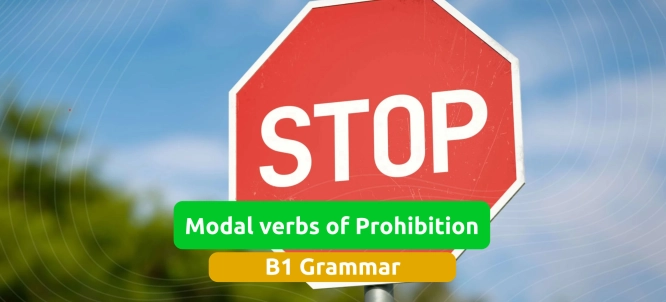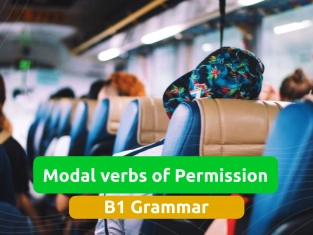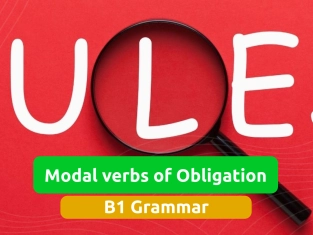by PushtoLearn
Modal verbs of Prohibition
Table of Contents
Modal verbs of Prohibition Exercises
These exercises focus on Modal verbs of Prohibition
Rules for Using Modal Verbs of Prohibition
|
Modal Verb |
Meaning |
Example |
|
must not |
Strong rule or strict prohibition |
You must not touch this button. |
|
cannot |
General restriction or impossibility |
You cannot park your car here. |
|
may not |
Formal or polite prohibition |
You may not enter the meeting room. |
Basic Sentence Structure:
-
Subject + modal verb + base verb
-
Example: He must not run in the hallways.
-
Do not use “to” before the base verb.
-
Incorrect: You must not to eat here.
-
Correct: You must not eat here.

Differences Between Must Not, Cannot, and May Not
|
Modal Verb |
Usage |
Example |
|
must not |
Strong prohibition, usually for rules or warnings |
You must not drive without a license. |
|
cannot |
Prohibition due to restriction or impossibility |
You cannot enter this area. |
|
may not |
Formal or polite prohibition, often in official contexts |
Students may not bring phones to class. |
Everyday Use of Modal Verbs of Prohibition
-
At school:
-
Students must not cheat during exams.
-
You cannot leave school before dismissal.
-
Visitors may not enter the library without permission.
-
At work:
-
Employees must not disclose confidential information.
-
You cannot access this file without a password.
-
Staff may not take personal calls during meetings.
-
In public places:
-
You must not smoke in the park.
-
You cannot park your car in a handicapped spot without a permit.
-
Passengers may not board the bus without a valid ticket.
To learn more about Modal Verbs including Past Modal Verbs, have a look at these lessons: Modal Verbs of Deduction, Modal verbs of Permission, Modal verbs of Necessity, Modal verbs of Obligation.
Common Errors and How to Avoid Them
|
Mistake |
Why It’s Wrong |
Correct Version |
|
He must not to speak loudly. |
Adding “to” before the base verb. |
He must not speak loudly. |
|
They don’t must use phones. |
Mixing modal verbs with “don’t.” |
They must not use phones. |
|
You mayn’t enter here. |
Using the rare contraction "mayn’t." |
You may not enter here. |
|
We can’t to drive here. |
Adding “to” before the base verb. |
We can’t drive here. |
How to Choose the Right Modal Verb for Prohibition
|
Context |
Modal Verb |
Example |
|
Strong, direct rule |
must not |
You must not bring food here. |
|
General restriction |
cannot |
You cannot enter this area. |
|
Formal or polite tone |
may not |
You may not use the staff entrance. |
FAQ on Modal Verbs of Prohibition
What is the difference between “must not” and “don’t have to”?
Must not means something is prohibited.
Example: You must not lie to your teacher.
Don’t have to means something is not necessary.
Example: You don’t have to wear a tie to the meeting.
Can I use “may not” instead of “must not”?
Yes, but may not is more formal and polite, while must not is stronger and stricter.
Example: Visitors may not take photographs in the gallery.
You must not touch the paintings.
What’s the difference between “cannot” and “may not”?
Cannot shows general restrictions or impossibilities.
Example: You cannot park here without a permit.
May not politely denies permission.
Example: You may not park here after 8 PM.
Can I use “should not” for prohibition?
No, should not gives advice, not prohibition.
Example: You should not eat too much junk food (advice).
You must not bring drinks into the lab (prohibition).
Is “mayn’t” ever used in modern English?
No, the contraction mayn’t is almost never used today. It’s better to say may not.

